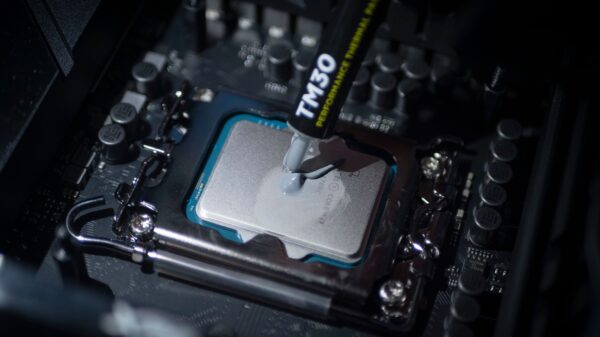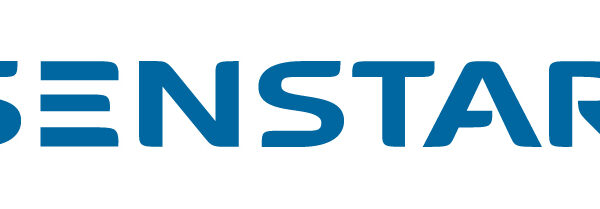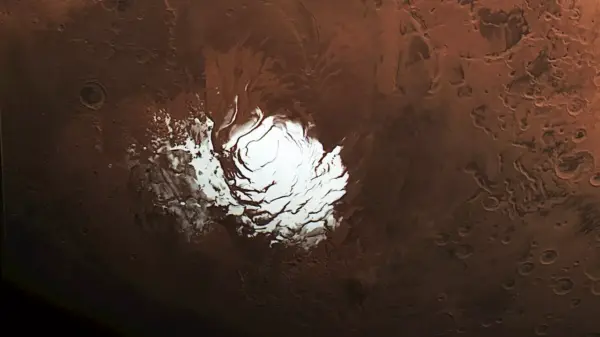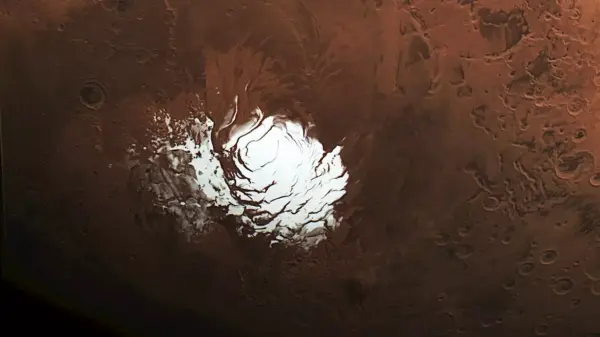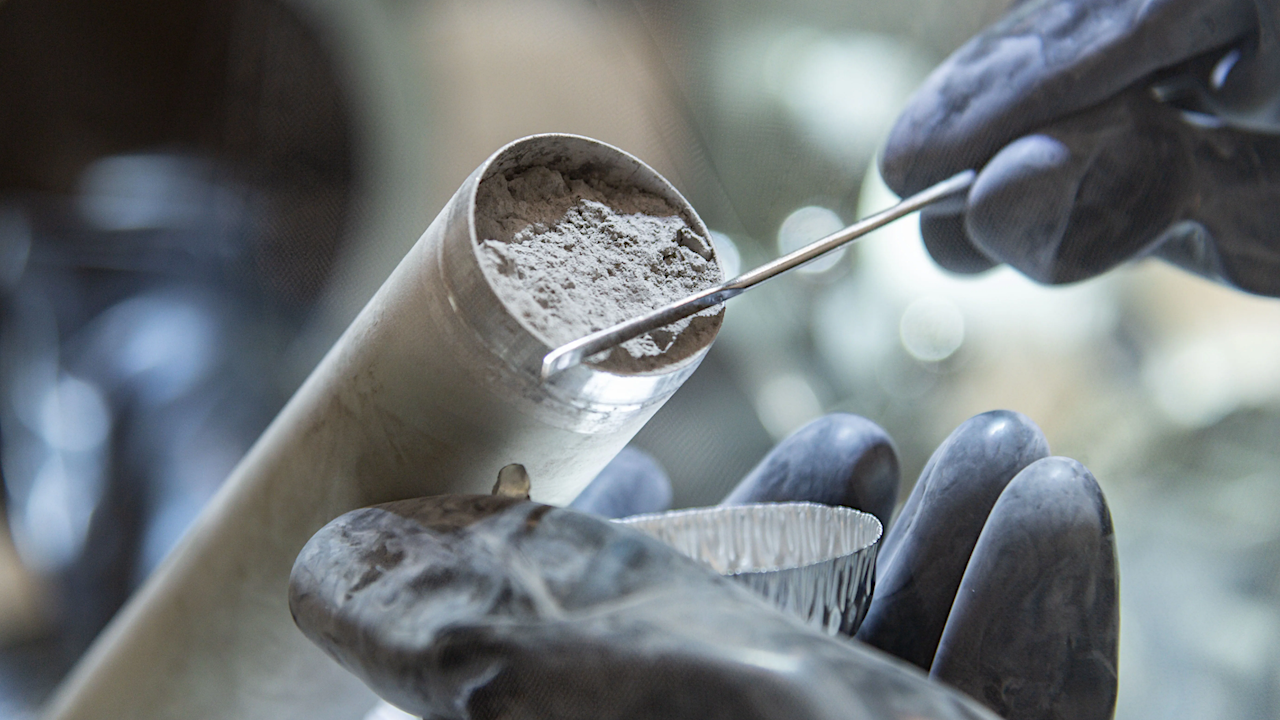NASA’s Apollo 17 mission, which took place in December 1972, has yielded surprising insights into the Moon’s geology. A research team from Brown University, led by James Dottin, has analyzed samples collected during the mission, revealing unexpected sulfur isotopes that challenge previous assumptions about the lunar mantle.
The samples, taken from the Taurus Littrow region, were sealed and stored for future analysis as part of the Apollo Next Generation Sample Analysis (ANGSA) program. This initiative aims to allow advanced research on these lunar samples with modern technology. The recent study, published in the Journal of Geophysical Research: Planets, highlights significant differences in sulfur isotopes between lunar and terrestrial rocks, particularly a marked depletion of sulfur-33 (33S) in the lunar samples.
Significant Findings from Apollo 17 Samples
Dottin and his team discovered that the volcanic material contained sulfur compounds with isotope ratios that diverged sharply from those typically found on Earth. “Before this, it was thought that the lunar mantle had the same sulfur isotope composition as Earth,” Dottin stated. The findings indicate that the Moon’s sulfur may have originated from processes distinct from those on Earth.
The analysis focused on a double drive tube, a metal cylinder approximately 60 centimeters long, which was driven into the lunar soil by Apollo 17 astronauts Eugene Cernan and Harrison Schmitt. Once brought back to Earth, the tube was preserved in a helium chamber to maintain the integrity of the samples for future research.
Dottin’s approach involved using secondary ion mass spectrometry, a cutting-edge method for isotope analysis that was unavailable at the time the samples were collected. He specifically targeted samples that appeared to be mantle-derived volcanic rock, aiming to understand the sulfur’s origins. The unexpected isotope ratios prompted a thorough review of their analysis to confirm the surprising results.
Implications for Lunar and Planetary Science
The study presents two possible explanations for the peculiar sulfur signatures. One theory suggests these isotopes could be remnants of chemical processes that occurred shortly after the Moon’s formation, possibly linked to a brief atmosphere that allowed for photochemistry. “This would indicate an ancient exchange of materials from the lunar surface to the mantle,” Dottin explained, highlighting a potential mechanism for material transfer on the Moon, which lacks plate tectonics.
Alternatively, the unique sulfur isotopes may be a legacy of the Moon’s formation. The prevailing hypothesis is that a Mars-sized body, named Theia, collided with Earth, and debris from this impact coalesced to form the Moon. The sulfur signature from Theia might differ significantly from that of Earth, leaving a distinct mark in the lunar mantle.
While the research does not definitively answer which theory is correct, Dottin remains optimistic that further studies of sulfur isotopes from other celestial bodies, such as Mars, may ultimately clarify these mysteries. Understanding the distribution of these isotopes will enhance our knowledge of the solar system’s formation and the geological history of the Moon.
This groundbreaking research not only sheds light on the Moon’s geological past but also serves as a reminder of the enduring value of the Apollo missions. As future lunar exploration continues, the insights gained from the Apollo 17 samples will contribute to our understanding of planetary evolution.






